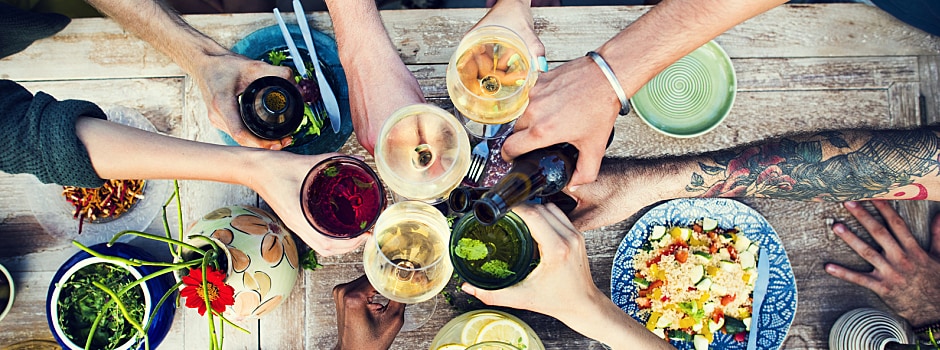Changing your restaurant drink menu requires more attention than you'd think. And while the mentality that you shouldn't fix something that's not broken can work for a while, a menu that feels stagnant to guests will be doing your overall business a disservice. However, because a lot of time and attention goes into planning a drink menu, there are staples that should stay put for the long term. When mixed with seasonal drinks and frequent special offers, your guests will want to keep coming back for more. Here are some more tips on how and when to switch up your drink menu.
Keep Beer on Tap for All Seasons
The fruity, session beer that was popular in the middle of the summer may not be what your guests want in the middle of winter, and the keg could sit for a while. When managing your restaurant drink menu, think of a keg that sits as a missed opportunity. To avoid this, consider reserving a few tap handles for seasonal brews—whether it's time for holiday stouts, Oktoberfest beers, or summer ales.
You can get your staff excited about your seasonal offerings by keeping them updated and educated. After all, they are your sales force, and they need to know what they're selling. Tastings, a brief write-up of each beer, or a casual conversation about new offerings will give your staff the tools it needs for success. Provide your employees with a few main selling points that will help them move the product, and suddenly your rotating kegs will be moving faster. Knowing flavor profile summaries, ABV (alcohol by volume) numbers, and pricing is a great start, but take the next step and offer suggestions on food-and-drink pairings as well.
Spice It up with Seasonal Cocktails
There's a lot of room for profitability when it comes to changing up your cocktail menu. Seasonal produce opens a door to options that can transform standard, stagnant bar offerings into craft beverages and inventive cocktails. Making purees, simple syrups, and homemade mixers offers guests seasonal options that may encourage them to try a new brand or a new type of cocktail, and will give them something new to spread the word about. Switching up your cocktail menu also allows you to utilize bottles that have been sitting around, which will make room for brands that fly off the shelf.
When ordering from your liquor distributor, consider taking advantage of combination packages if they're offered. These give you the chance to experiment with new brands and new flavors. Combo packages, which are often cases of core brands, usually come with a discount, so using a combo package to make new "special" cocktails is a good way to use the decreased liquor cost to maximize profitability.
Don't Forget Nonalcoholic Drinks
Adding seasonal nonalcoholic menu items is also a great idea. For instance, consider having a single special for each day of the week, or rotate your offerings every couple weeks. You can go with a special iced tea, a sparkling beverage that's flavored with fresh produce, or an interesting lemonade. Rotating your specials gives guests the chance to try something new every time they visit your establishment.
Embrace Change
Keeping your restaurant drink menu fresh is something that should happen quarterly at the very least. Depending on how many tap handles you have, consider reserving two for rotating kegs, and let demand and sales drive your decisions. Just be careful not to change more than you and your staff can manage, so plan on starting small.
Related Articles

Expanding Restaurant Business: When and How to Do It
There are many factors to consider—capital, time, staff, resources, systems, and more—when expanding restaurant business.

5 Unexpected Cocktail Ingredients
Mixologists are finding new ways to challenge the status quo of cocktail making. Here are five surprising cocktail ingredients worth exploring.

5 Reasons Quality Cocktail Ingredients Are a Must
High-quality cocktail ingredients make all the difference when distinguishing average bartenders from mixologists. Here are five reasons not to skimp.
